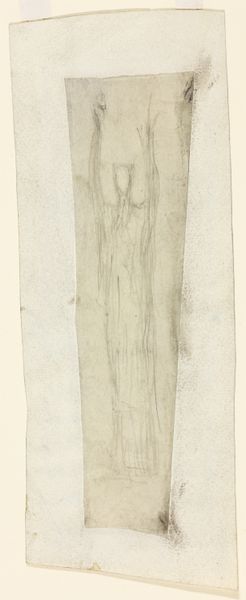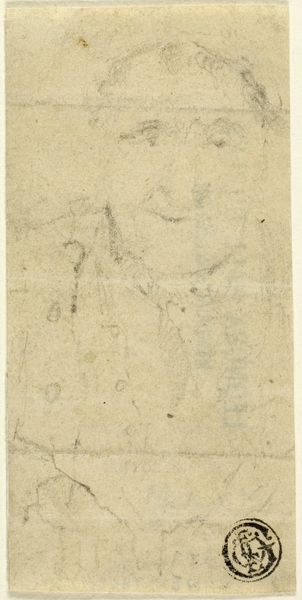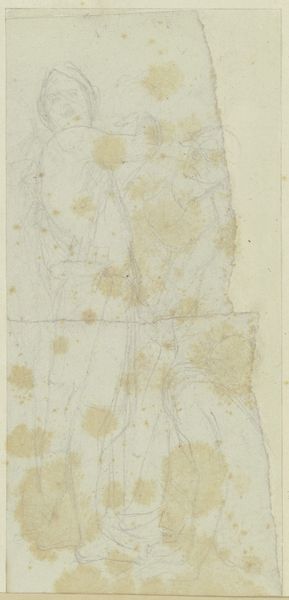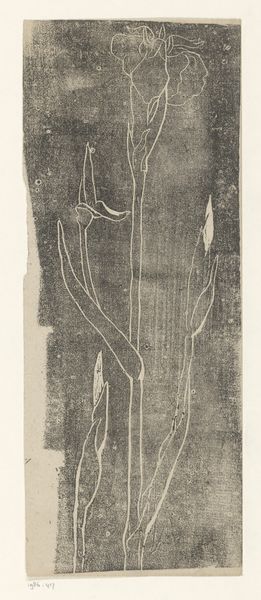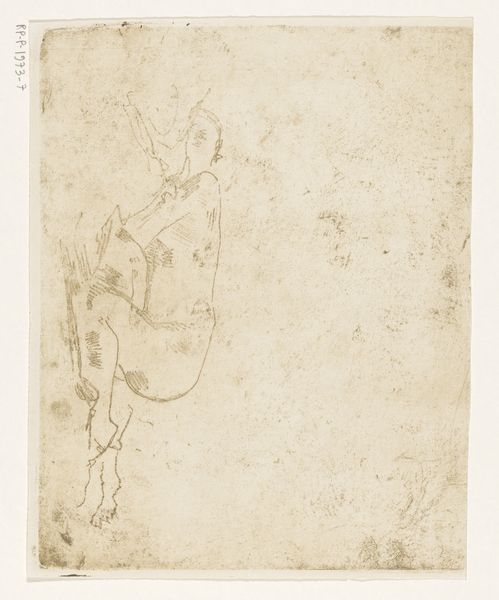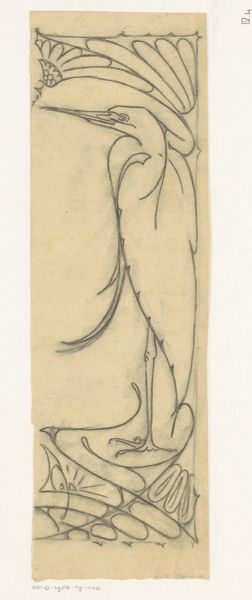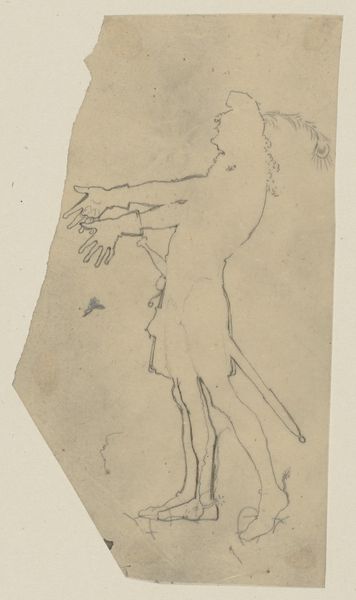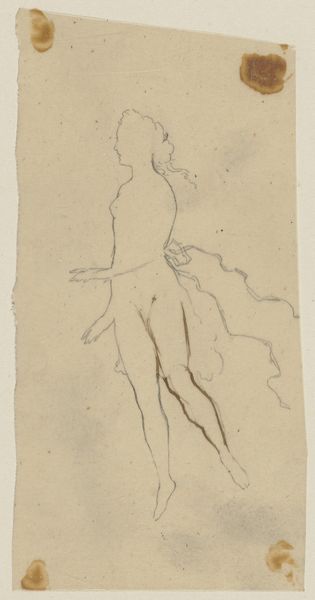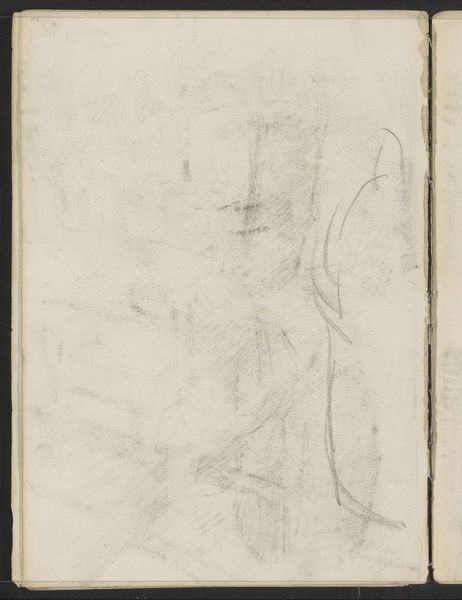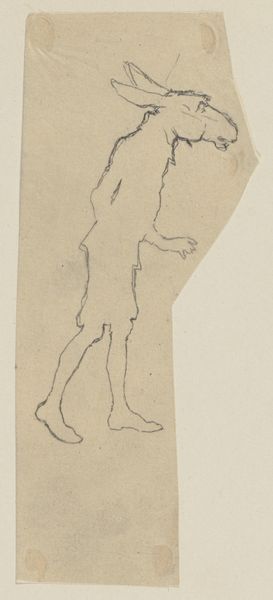
drawing, print, paper, graphite, charcoal
#
pencil drawn
#
drawing
# print
#
pencil sketch
#
charcoal drawing
#
figuration
#
paper
#
pencil drawing
#
graphite
#
charcoal
#
nude
Dimensions: 259 × 97 mm
Copyright: Public Domain
Curator: Editor: So, this is "Studies of Nudes," a drawing by Henry Fuseli, date unknown. It's rendered in graphite and charcoal on paper. What strikes me is the very visible, almost crude, facture, and the way the fragment of paper shapes our reading. How do you interpret this work? Curator: This is fascinating when considering the economic realities of art production at the time. Fuseli’s use of readily available, inexpensive materials – graphite, charcoal, common paper – speaks volumes. He’s not using costly oils or precious metals. What does that choice tell us about his intended audience and the work’s function? Editor: Perhaps this was just preparatory, meant only for his own use rather than for display, an exercise? The rough handling of the medium, you know? Curator: Precisely! This shifts our focus away from the illusionism that high art typically pursued. We are confronted instead with the labor of production itself. Note the deliberate marks, the areas of shading, the obvious construction of form. These aren't hidden but foregrounded. Where do you see this most clearly? Editor: Probably in the leg area; you can see individual strokes and it's not really shaded evenly like on the upper back. Curator: Yes, it allows us to consider Fuseli's artistic process and the physical act of creating. Now consider this drawing not in isolation, but as one piece in a network of exchange – from the acquisition of raw materials to the eventual consumption and possible circulation of the image. How might its material vulnerability - that torn paper - change its value? Editor: It’s interesting to think about how the value of the work changes based on those conditions, a finished masterpiece versus the means by which a study helped it come into being. Curator: Precisely. Seeing this as the product of work opens our eyes to other forms of "low" art that equally involved a "touch." It is humbling.
Comments
No comments
Be the first to comment and join the conversation on the ultimate creative platform.
